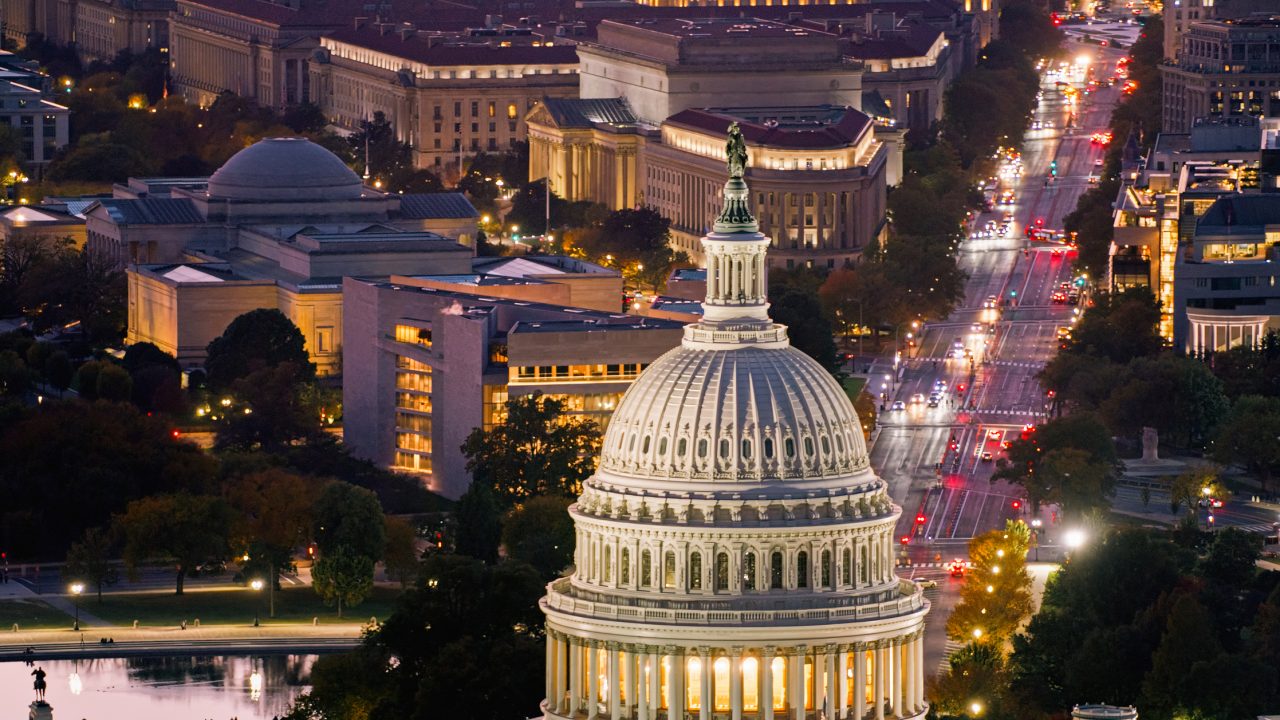At the beginning of this pandemic, many people thought the vector of transmission for COVID-19 was either unknown or on surfaces, whereas now it is well known that the transmission vector is predominantly airborne. At what point will facility managers or operators, schools, health care facilities, universities, transportation systems, etc. be held accountable and responsible for protecting their occupants with improved indoor air quality? In light of the fact that mitigating advanced technology now exists, it’s only a matter of time.
The vast majority of public buildings, businesses, and other gathering spaces were designed and built for comfort and function—and not to protect occupants from the potential transmission of disabling or deadly airborne pathogens. So far, most building owners or managers have tried to rely on, or even mandate, the low or no-cost countermeasures like social distancing, wearing masks or vaccines. Those strategies, however, are all defensive in nature and actually do nothing to reduce the viral load in the air and rely on the occupants to comply with the strategies, often leaving them or others in the spaces vulnerable.
With the latest, far more infectious COVID-19 variants, the ineffectiveness of these strategies is even more clear and employees now seem to be split between those frustrated by the inconveniences being placed on them and those who believe they are not being protected enough. It has become a no-win scenario for the building owners, employers and operators. Without a reasonable chance of a consensus solution between these two increasingly divergent camps, the arguments are beginning to be played out in court. With the building owners or operators being the defendants, it is putting them in between the proverbial rock and a hard place.
This issue is not confined to office space and is being played out across any and all indoor spaces where people gather. School administrators have found themselves in a similarly difficult situation. Students are required to be in school and schools have a moral obligation to keep their students and staff safe. Airports and buses are seeing the same issues. Even hospitals, which have seemed to be above the fray for much of the pandemic, are grappling with this.
The latest innovative breakthroughs are greatly eradicating airborne viral loads through advanced and cutting-edge UV technology. Facility managers, building operators, schools, hospitals, mass transportation and the like no longer have any excuses. The technology exists and every employee, customer, student, patient, and visitor merits that level of care, respect, and protection. Facilities managers now have options on ways to make indoor areas safe for occupants regardless of their social distancing, mask or vaccine compliance. Improving indoor air quality has finally become a clear focus. The challenge remains that many building owners and operators are unaware of the most cost-effective tools to improve indoor air quality to the levels needed to address the more infectious variants of COVID-19 and other diseases that we are facing today. They may be relying on small tweaks to the existing HVAC system, hoping that no one will be able to measure it and/or that they can hide behind the slow pace of ASHRAE guidance as to implementing better or best practices. However, anyone can now get a reliable CO2 monitor off Amazon that can indicate how much of other people’s exhaled breaths they are breathing in and there is good data and knowledge on when those levels are too high. It doesn’t matter whether the building is an office, school, grocer, restaurant, hospital or public transportation.
With the writing clearly on the wall that most buildings, or at least the common rooms in them, are at risk to the transmission of dangerous pathogens, it stands to reason that moving forward, architects and builders should strongly consider proactively installing new solutions either upfront or with renovations, creating a higher level of security and confidence to reduce the inevitable longer-term consequences of letting their occupants get sick.
A Light in the Dark
As so many are doing now, displacing and replacing the air through brute force mechanical ventilation or HEPA filters is expensive, time-consuming and airflow dependent. The good news is that there are now other methods of cleaning indoor air available that can achieve as much as 10 times or higher levels of pathogen removal, with a significantly lower energy footprint and at a lower cost. That technology is a narrow band 222nm far ultraviolet light, like the kind used by Far UV and others.
Starting with the pandemic’s onset, far spectrum UV disinfection lights have been employed and used effectively in schools, health care facilities, buses, airports and even government buildings like the DoD and Pentagon to prevent the spread of COVID-19. Where this technology has been in place, data indicates dramatic decreases in airborne pathogens, mitigated impact by any pathogens not eradicated and reduced incidences of COVID-19 and other infections.
Far spectrum UV light is capable of killing airborne pathogens like COVID-19, the flu and mold spores, while not exceeding the ACGIH or OSHA safety thresholds. This means that if a device emitting far spectrum UV light is installed in a room properly, much of the air is constantly being cleaned of airborne pathogens regardless of airflow, and people in the room will be far less likely to spread COVID-19 or anything else to each other. A properly installed far UV light can allow a COVID-19-infected individual to have a conversation with a healthy individual and they will be less likely to infect the other than if both were wearing N-95 masks.
Similar to improving air circulation or filtration, this advanced far UV technology improves indoor air quality, protecting the occupants of a room regardless of their compliance with COVID-19-related mandates. Most incumbent HVAC systems provide about two to three air exchanges per hour—the amount of times the air inside of a room is largely exchanged with fresh air either from outside or from a filter. A properly installed far UV light can achieve the equivalent of 30 air exchanges or more every hour. This makes it much more effective than even the highest-powered often noisy air circulation systems while often using less than 1% of the energy, enabling by far the most sustainable strategy to improve indoor air quality which will inevitably tilt the balance of LEED or other certifications. When combining the costs of installation and maintenance, the costs of far UV systems are often less than 10% of the costs of achieving the same levels of protection via mechanical ventilation strategies.
Far spectrum UV light technology presents what might be the silver bullet in terms of a cost-effective, quick-to-implement solution to making indoor spaces safer from COVID-19 spread and the spread of other airborne pathogens. An ounce of prevention is again most likely worth a pound of cure. The technology and tools now exist for facility managers, builders, business administrators, schools, hospitals and transportation systems to act responsibly, and to strongly consider enhancing and improving their protection of employees, customers, students and visitors. Facility managers, builders, and the like deserve the chance to play offense and be proactive—and not to wait until they inevitably have to play defense in the courtroom.







